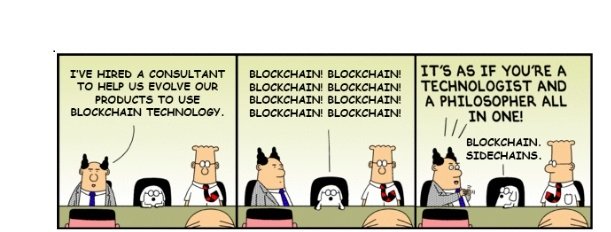
What if there was a way to ensure academic records can be verified for authenticity on anyone, anywhere globally?
Time and again reports of persons who falsified academic records to obtain top paying jobs or climb the political ladder, have been in the news. Sadly while these persons are either fired from their occupations or in some cases jailed, the damage left behind such as bad business deals or corrupt practices take sometimes years to fix. As such, some projects are looking to find avenues whereby blockchain’s immutable distributed ledger technology can be utilised in education’s administrative processes.
Firstly, transcripts must be universally recognised and verifiable. In primary and postsecondary education, verifying academic credentials remains largely a manual process (heavy on paper documentation and case-by-case checking). Learning Machine, a 10-year-old software startup, has collaborated with MIT Media Lab to launch of the Blockcerts toolset, which provides an open infrastructure for creating, issuing, viewing and verifying blockchain-based certificates. CEO of Parchment, a transcript service, Matt Pittinsky, said that there is a lot of design decisions to work out before widespread use of DLT transcripts. He thinks blockchain will store locations to systems that that record comprehensive records providing a balance between permanence and portability.
Secondly, for student records, Sony Global Education developed an educational platform in partnership with IBM that uses blockchain to secure and share student records. Storing a comprehensive learner record on a distributed ledger may prove computationally intensive and, as a result, prohibitively expensive. As Pittinsky predicted, DLT may just be used as a directory rather than a data warehouse.
In addition, for skills verification, Indorse is a project that utilises blockchain to verify e-portfolios. Users upload claims with a link to verification and other users verify that claim. Specific skill assertions can be verified and communicated with a digital badge. Multiple badges can be assembled into an open badge passport that students can share with prospective employers.
To assist with the increased volume of data due to the above activities, DLT cloud storage could offer safer and potentially cheaper alternatives. Dubbed the “Airbnb for file storage,” Filecoin is a high-profile crypto project that rewards the hosting of files.
For Master’s degree and PhD holders, blockchain-run sites such as Authorship allow writers to publish their work on the platform. Readers can purchase the books from the platform using Authorship Tokens (ATS), an Ethereum-based cryptocurrency, and writers get 90% of royalties in ATS. Authors own the copyright to their work, so they have the freedom to publish and distribute it elsewhere.
In closing, a lot of strides are taking place in the education sector because of blockchain’s impact. It is expected that in the future as more and more educational systems become streamlined along this distributed ledger, the ease of transcript retrieval and academic verification can be widespread thereby reducing instances of corruption in school and job applications.
Got questions? Feel free to visit our Q&A platform: www.aqoom.com
Hi! I am a robot. I just upvoted you! I found similar content that readers might be interested in:
https://www.forbes.com/sites/tomvanderark/2018/08/20/26-ways-blockchain-will-transform-ok-may-improve-education/
Downvoting a post can decrease pending rewards and make it less visible. Common reasons:
Submit